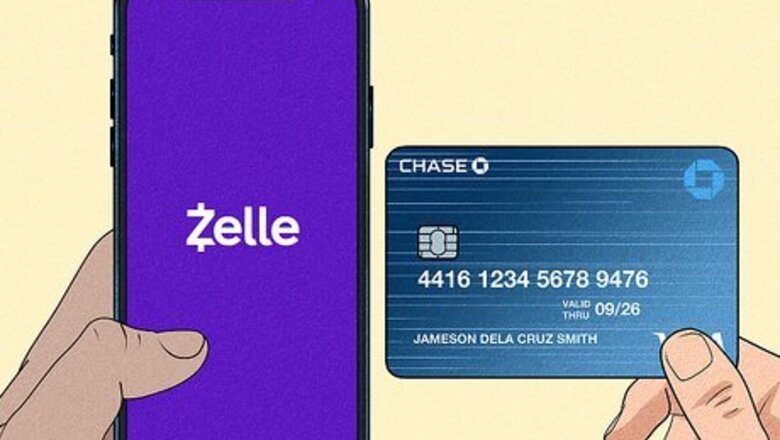
views
- Venmo, Cash App, and PayPal can instantly transfer money, but it may be difficult to transfer money between your own accounts with them.
- Zelle is built into many banking apps and sends money from your bank account directly into the recipient's bank account with no fees.
- Wire transfers are quick and secure but can be expensive, and you're required to know the recipient account routing and account numbers.
Zelle

Check to see if your bank offers Zelle. Zelle is an instant bank transfer service that allows you to transfer money with people, even if they don't use the same bank as you. Zelle also has no fees for transactions. While Zelle is available in many bank apps already, you can also use the Zelle app and connect your debit card to send and receive money.
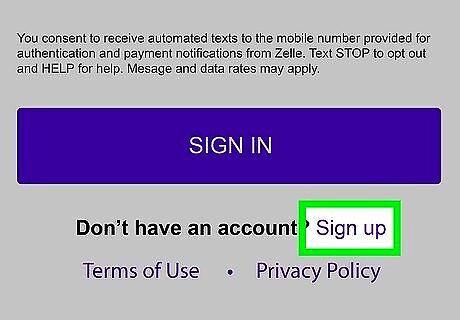
Sign up with Zelle. You can sign up directly in your bank app or on the Zelle app. All you need to provide is your mobile number, so other Zelle users can find you. If you sign up on the Zelle app instead of your bank app, you'll also have to connect a debit card so Zelle can transfer money to and from your bank.
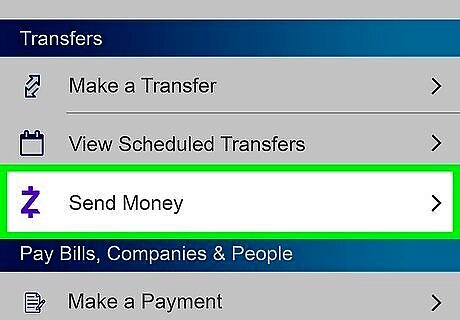
Select Send Money. All of your past recipients will be listed here, once you've added them.
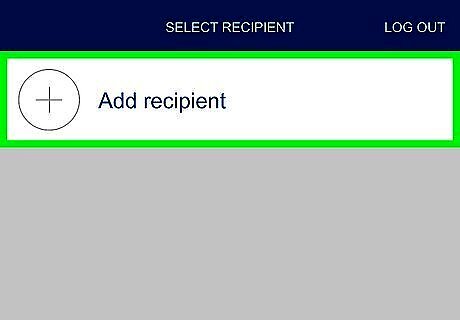
Select Add a recipient. If you want to add from a contact, tap the Add from contacts button. Otherwise, fill out the required information.
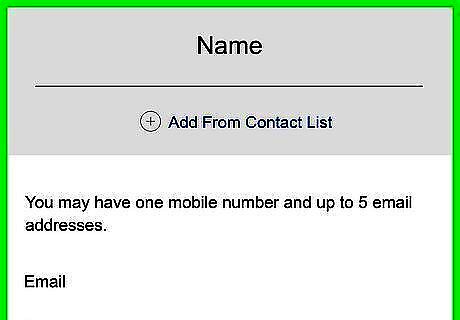
Enter the name, phone number, and email of your recipient. If you want to use Zelle to send money to yourself, you will need to have a separate Zelle account set up with a different phone number, email, and bank account. Unlike Venmo, Cash App, and PayPal, Zelle allows you to enroll with multiple bank accounts. If the person you're sending money to doesn't have Zelle set up, they will get an email informing them how to claim their money (either via their bank app or the Zelle app).
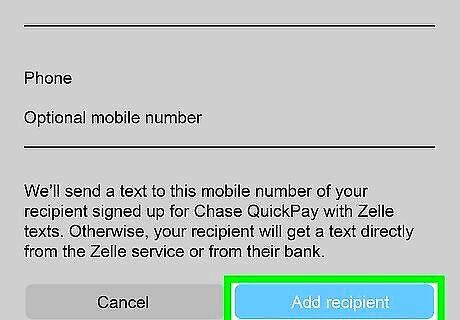
Tap Add recipient. This recipient will be added to your Zelle contacts for future use.
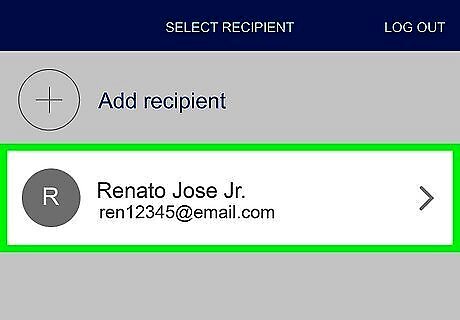
Select the recipient you just added. Ensure you've selected the right recipient by double checking the name and number at the top of the screen. If your recipient registered with a different name than the one you added them to your contacts with, Zelle will give you a notice letting you know the names don't match. For example, if you want to send money to a friend and you input their nickname, but your friend registered with their full name, Zelle will give you a warning. This doesn't stop you from sending the money, and you can click through the popup if the phone number is correct.
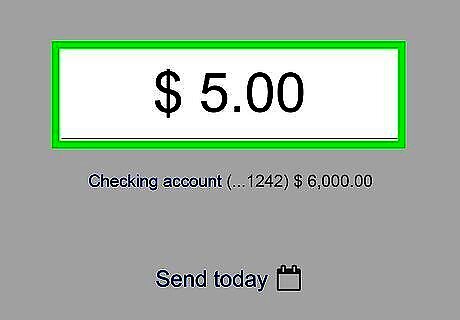
Enter the amount of money you want to send. Each bank may have a different limit you can send and receive with Zelle, which should be noted somewhere on the screen. If you are using the Zelle app, you can send $500 per week and receive $5,000 per week.
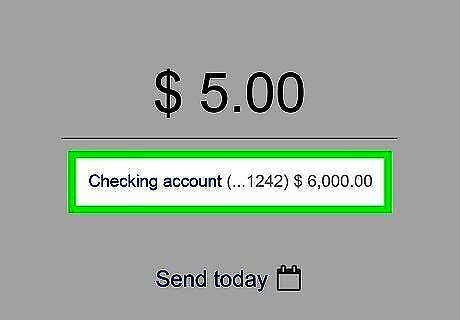
Select the account you want to send from. You can send money from a checking or savings account. If you're sending from a savings account, check to make sure you're not going over your monthly savings account transfer limit. Some banks will charge a fee if you pull money from a savings account more than six times in a month.
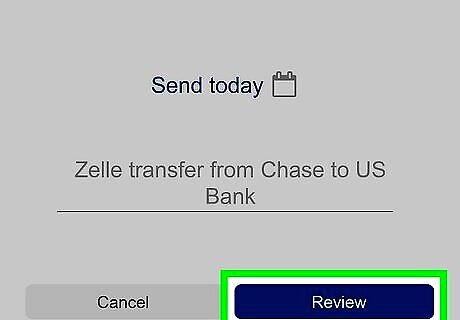
Tap Review. This gives you a chance to double check your transfer. Zelle may give you a popup that reminds you to ensure your transfer isn't fraud. If so, simply check the confirmation box and tap Continue.
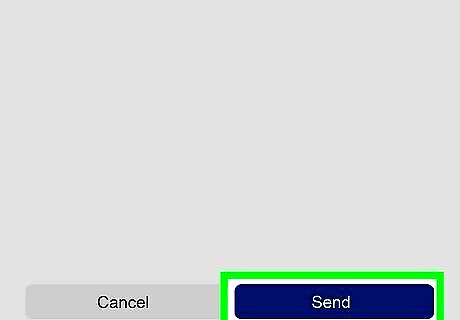
Tap the Send button. Your payment will be sent immediately to your Zelle contact.
Venmo
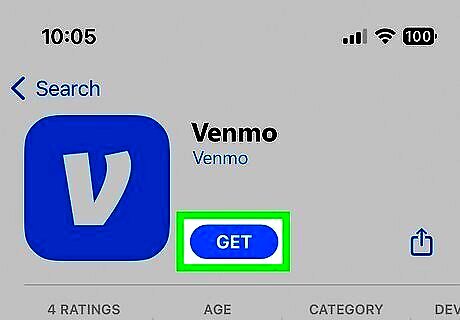
Download the Venmo app. Venmo is a peer-to-peer (P2P) payment app that allows you to easily send money to other people. While Venmo doesn't directly deposit into your bank account, you can instantly transfer your Venmo balance to your bank for a small fee. To send money to yourself via Venmo, you would need two Venmo accounts with different contact and bank information. Venmo doesn't allow you to have multiple accounts, so making a second Venmo account to move money between your own bank accounts is risky.
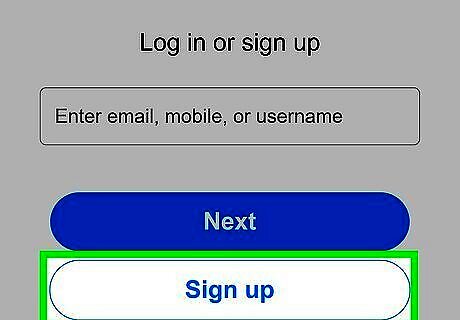
Open the app and create a new Venmo account. You must provide your phone number, email address, and bank information. You can add either your bank account details or your debit card. Venmo will verify your bank account with Plaid, if available. If Plaid is not available for your bank, you will have to manually verify your bank account. Venmo will do two microtransfers (a small deposit that is then withdrawn) and you will verify the amounts sent to you in the app. This method takes a few business days, however, so it is not instant.
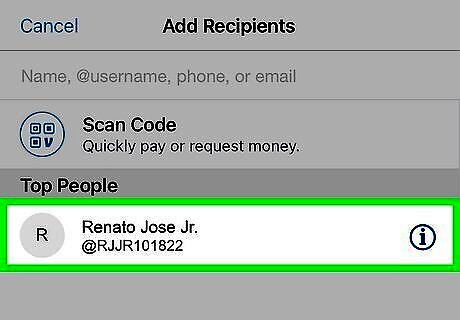
Find your recipient on Venmo. From the home screen, use the search bar to search for your recipient. You can also find your recipient if they've sent you a Venmo QR code. You don't need to friend someone to send them money, but if you add someone as a friend on Venmo it will make it easier to find them if you need to send them money again. To add someone as a friend tap the Add Friend button under their profile picture.
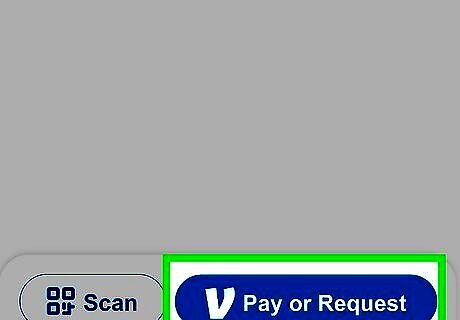
Tap Pay or Request and enter in the amount you want to send. You also must add a note to signify what the transfer is for.
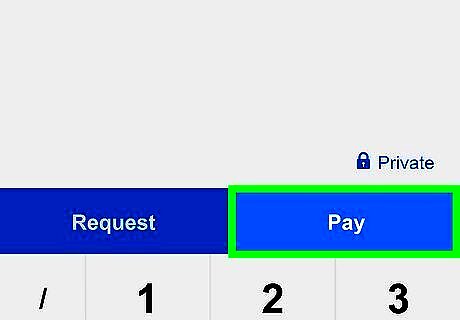
Tap the Pay button. You will be able to review your purchase as well as change your payment method, if you added more than one.
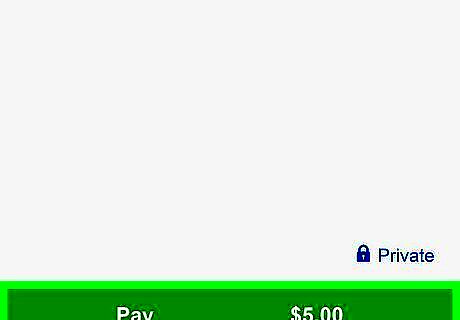
Tap the green Pay button. Your money will be instantly sent to the user, which will be in their Venmo balance. If the recipient needs the money in their bank right away, they can initiate a Venmo balance transfer. Venmo offers two transfer methods: instant and standard. Standard transfers are slower but incur no fees. Instant transfers take around 30 minutes, Venmo charges a 1.75% fee for this service.
Cash App
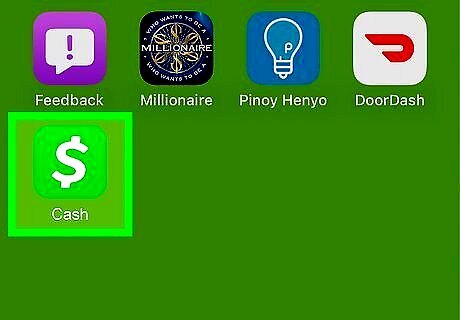
Download Cash App. Cash App is a P2P payment app similar to Venmo. Much like Venmo, it doesn't deposit directly into your bank account, but you can send money and transfer your balance to your bank. If you need to transfer money to yourself, you'll need two Cash App accounts with separate phone numbers and banking information. Cash App's TOS isn't clear on if you can have multiple accounts, so this method might be risky to send money to yourself.
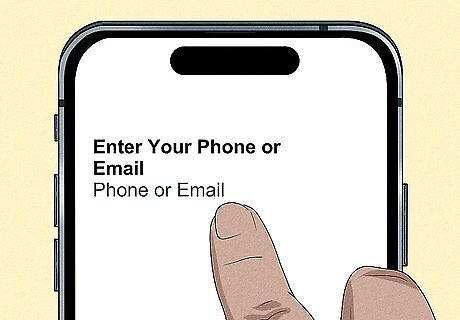
Sign up for an account. You will need a phone number and email address, as well as a debit card. Cash App won't let you link bank account information like Venmo.
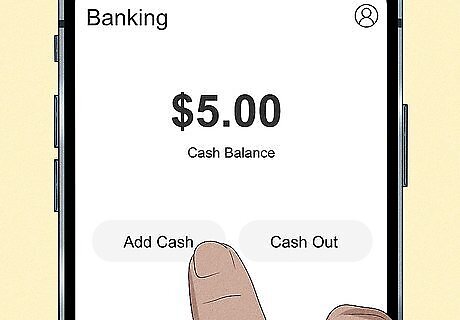
Add money to your account. Unlike Venmo, you can't send directly from your bank. You must pull the money into your Cash App account before sending it. Simply tap on the bank icon in the lower-left corner of the screen and select Add Cash. Follow the on-screen instructions to add money to your Cash App account.

Return to the Cash App home screen. The lower-left icon will display how much money you have in your Cash App account.
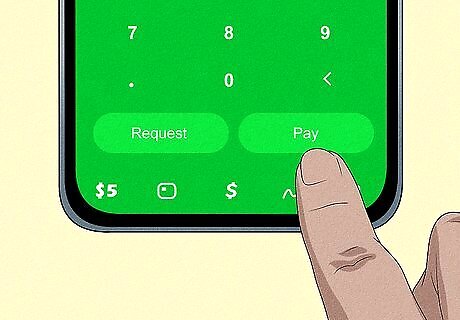
Type in how much money you want to send and tap Pay. If you're not verified, you can send and receive up to $1,000 a month. If you need to send a higher amount, you can request a limit increase in your Cash App settings, though it may take some time to verify you.

Enter the recipient's email, phone number, or $Cashtag. If the recipient doesn't have a Cash App account, they will be informed on how to do so to claim their money. If they don't claim it within two weeks, it will be returned to you.

Enter what the payment is for and tap Pay. The money will be sent instantly to your recipient. The recipient can cash out by going to the Money tab on their Cash App home screen and tapping Cash Out. Like Venmo, Cash App has two deposit speeds: standard (which is slower, but free) and instant (which is immediate, but incurs a 0.5%-1.75% fee).
PayPal
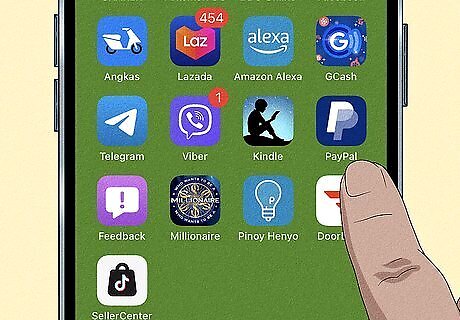
Navigate to PayPal on your computer or mobile device. On mobile, you can download the app or visit the website in your mobile browser. PayPal is similar to Venmo and Cash App in that you can send money using it, but the money will not be deposited directly into the recipient's bank account. Instead, the user must transfer their PayPal balance into their account separately. Much like other P2P payment apps, if you want to PayPal yourself you must have two PayPal accounts with different email addresses, phone numbers, and banking information. PayPal allows you to have one personal and one business account, but you're not allowed to have multiple personal accounts.

Sign up for PayPal. When signing up, you'll need to select what account type you're using and add your email, phone number, and bank information. Much like Venmo, PayPal can instantly confirm your bank account with Plaid, or it can do two microtransfers, which takes longer.
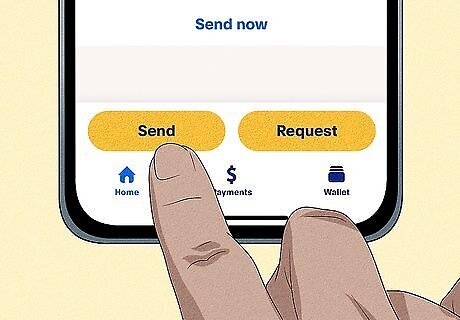
Tap the Send button and select your recipient. Contacts you've sent to previously will appear on the list, but you can also search for your recipient with their name, PayPal username, email, or phone number. Simply tap on the user to select them.
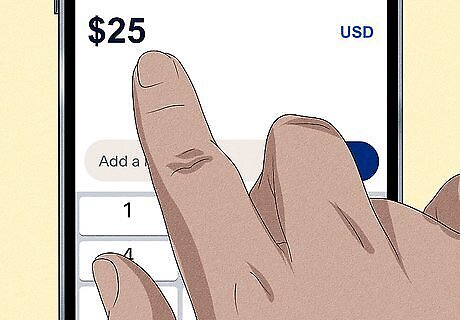
Enter how much you want to send. For verified accounts, PayPal doesn't have a limit on how much you can send in total, but it does limit single transactions to $10,000-$60,0000.

Add a message, if you want. Unlike Venmo, adding a message is optional with PayPal.
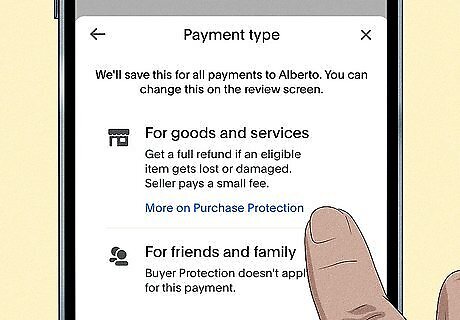
Choose a payment type. If you only have one payment method added, that will be the payment method you must use. Bank accounts will incur no fees for sending money, but debit cards will. The fee will be listed below the payment method.

Review your payment and tap Send. The money will instantly be transferred to the recipient. The recipient will get the money in their PayPal balance, which they can transfer to their bank. Like Venmo and Cash App, PayPal has a free standard transfer option that takes a few days, or you can instantly transfer for a fee of 1.75% with a linked debit card.
Paper Check
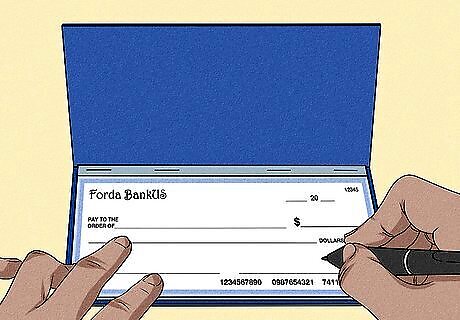
Write a paper check. If the recipient of the money is close by, or you're trying to transfer money between your own bank accounts, writing a paper check might be quicker than using an app, especially if you don't already use a P2P payment app and you have checks on hand.
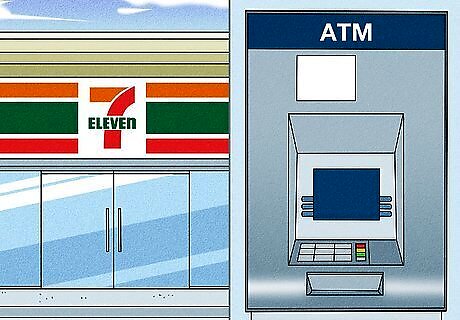
Instruct the recipient to deposit the check using their bank's app. Depositing a check in-person or at an ATM can take a minimum of one business day or overnight. However, mobile deposits under a certain dollar amount are usually available immediately. Have the recipient check their bank's mobile check depositing policy to see how much money they can get instantly if they deposit a check via mobile phone. Alternatively, if your recipient's bank doesn't have instant mobile deposits, they can cash the check at a bank, credit union, grocery store, convenience store, or gas station. Your recipient can then use that cash at an ATM or their bank to deposit into their account instantly. Note that most stores won't be able to cash large checks, and banks may request additional information if you attempt to cash a big check.



















Comments
0 comment